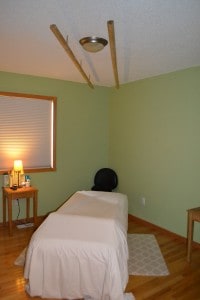Ever heard of Yumeiho?
Through my ashiatsu research over the years, I have frequently seen yumeiho listed as a relative to ashiatsu. So, I set out to learn a little more about this practice.
First,
“The main aim of the YUMEIHO® therapy is to correct the pelvic bones position and to set the vertebral column properly, and thus to mobilize the autotherapeutic forces of the organism and to reach the cause of pathological state.” Source Link
There is a not a great deal of information available, but here are a few other things I learned:
I have seen that practice is most popular in Europe/Russia, although it originated in Japan.
I have not seen much for barefoot work in the videos, but the practitioner does use their whole body during the massage. The recipient is clothed, on a floor mat, and put through a series of positions – much like a Thai massage session.
I see it listed sometimes as “yumeiho massage”, but I think something got lost in translation here. From videos I have seen and other information I have read, it involves a great deal of osseus (bone) manipulations, which I would think knocks it far out of the massage therapy scope of practice for any massage therapists in the US. It looks like a combination of a Thai massage and chiropractic adjustment on a floor mat.
Here is one video of a Yumeiho therapy:
So, while it appears the practice of yumeiho and ashiatsu are like that of third cousins twice removed, it is always nice to learn more about healing arts around the world.
Do you know of any Yumeiho practitioners in the US?
